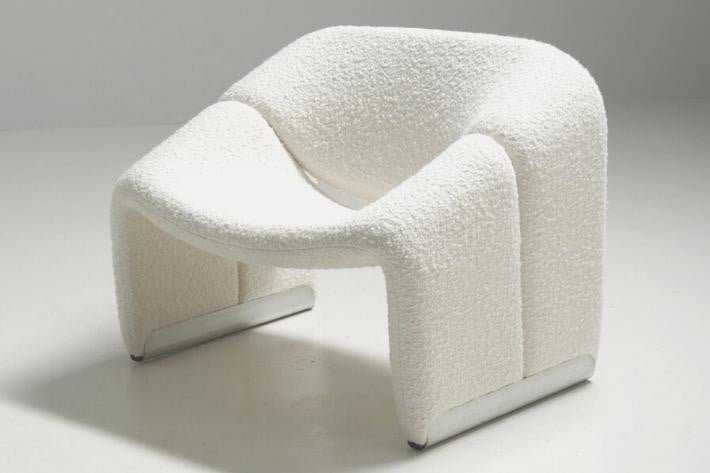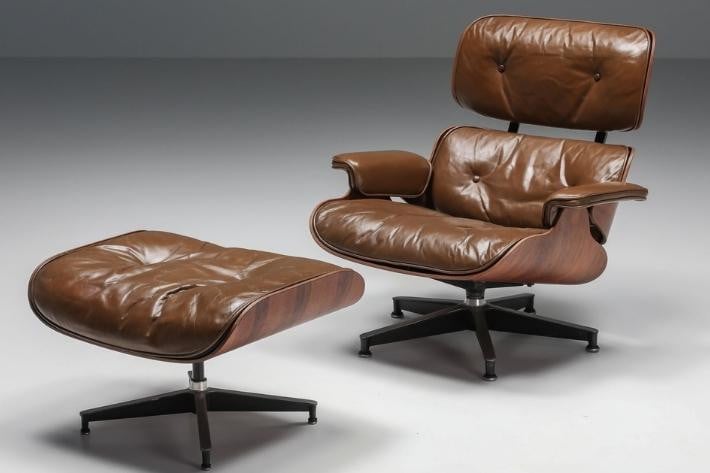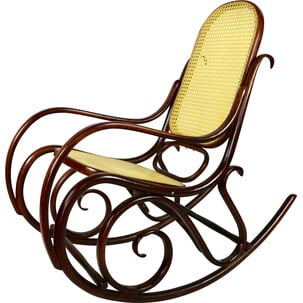
1829 -
1910
Michael THONET
164 products
- -30%
Regular price
€700.00
Price
€490.00
Slovenia
- -20%
Regular price
€1,900.00
Price
€1,520.00
Slovenia
- -40%
Regular price
€1,300.00
Price
€780.00
Slovenia
- -13%
Regular price
€429.00
Price
€373.23
Poland




.jpg)
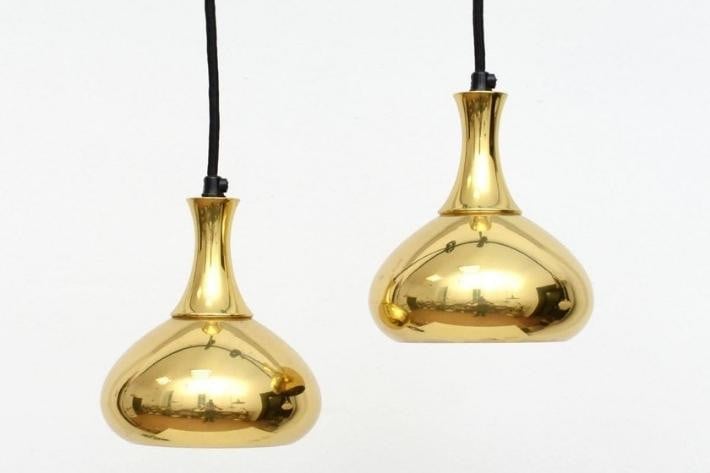
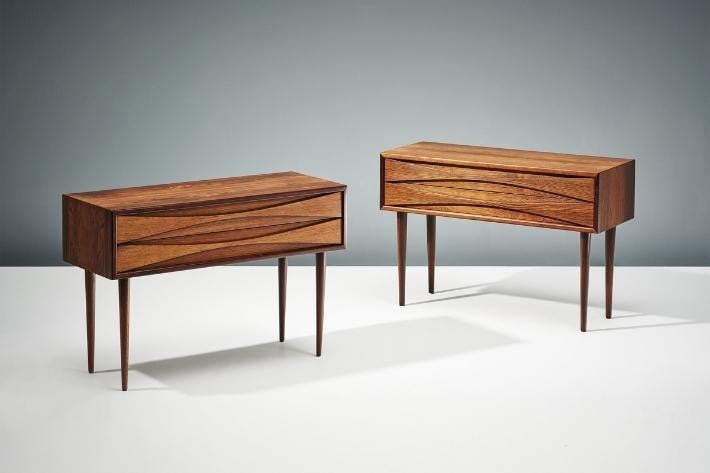
.jpg)
